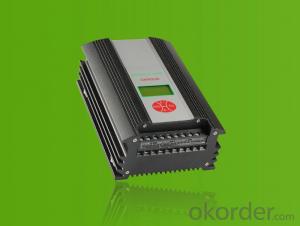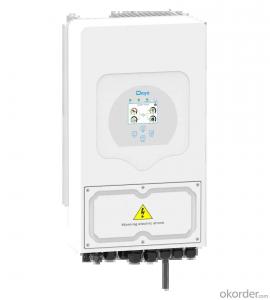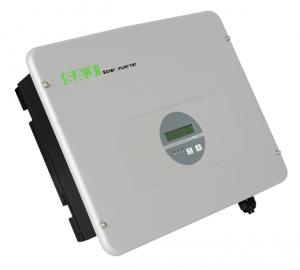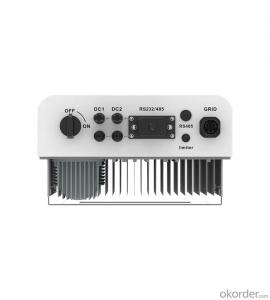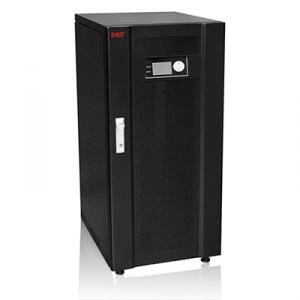Mppt Solar Hybrid Inverter
Mppt Solar Hybrid Inverter Related Searches
Mppt Solar Inverter Mppt Solar Power Inverter Mppt Inverter Solar Mpp Solar Hybrid Inverter Mppt Based Solar Inverter Mppt Solar Pump Inverter Microtek Mppt Solar Inverter Mppt Inverter For Solar System Mppt Solar Inverter Charger Dual Mppt Solar Inverter China Mppt Solar Inverter 12v Mppt Solar Inverter Mpp Solar Power Inverter Mpp Solar Inverter Best Mppt Solar Inverter 2kw Mppt Solar Inverter Mppt Solar Inverter 48v Mppt Solar Inverter Price 1kw Mppt Solar Inverter Mppt Solar Inverter 24v 24v Mppt Solar Inverter Apollo Mppt Solar Inverter 3 Mppt Solar Inverter 2kva Mppt Solar Inverter 24 Volt Mppt Solar Inverter 5kw Mppt Solar Inverter Mppt Solar Inverter 12 Volt 3kva Mppt Solar Inverter Mpp Solar Charger Inverter Hybrid Solar Power InverterMppt Solar Hybrid Inverter Supplier & Manufacturer from China
The MPPT Solar Hybrid Inverter is a versatile and efficient product designed to optimize solar energy conversion and storage. This advanced inverter system combines the benefits of Maximum Power Point Tracking (MPPT) technology with the flexibility of hybrid energy management, making it an ideal choice for various solar power applications. The MPPT Solar Hybrid Inverter is particularly useful in scenarios where both solar energy and alternative power sources, such as batteries or generators, need to be managed and utilized effectively. This product is designed to ensure maximum energy efficiency and reliability, catering to the needs of both residential and commercial users.The MPPT Solar Hybrid Inverter finds its application in a wide range of usage scenarios, from off-grid solar systems to backup power solutions for homes and businesses. It is also commonly used in remote areas where grid connectivity is limited or unreliable, providing a dependable source of power. Additionally, this inverter is suitable for applications that require a combination of solar power and other energy sources, such as in telecommunication towers, street lighting, and agricultural facilities. The versatility of the MPPT Solar Hybrid Inverter makes it a popular choice for those seeking a reliable and efficient power management solution.
Okorder.com is a leading wholesale supplier of the MPPT Solar Hybrid Inverter, offering a large inventory of this product to cater to the diverse needs of customers worldwide. As a reputable supplier, Okorder.com ensures that the products they offer are of high quality and meet the latest industry standards. By maintaining a substantial inventory, Okorder.com is able to provide quick and efficient delivery of the MPPT Solar Hybrid Inverter to customers, ensuring that their power management needs are met promptly and effectively.
Hot Products

